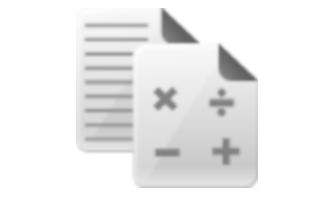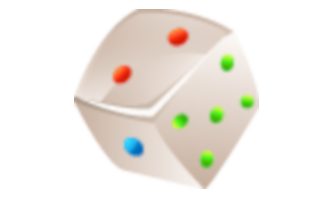Heat and heat technology
Science, Grade 6
Heat and heat technology
Study Guide

Heat and heat technology
Flash Cards

Heat and heat technology
Quiz

Heat and heat technology
Worksheets

Heat and heat technology
Games

Study Guide Heat and heat technology Science, Grade 6
❮
1
/
2
❯
HEAT AND HEAT TECHNOLOGY Thermal Energy All matter is made up of particles that vibrate with kinetic energy. This movement of particles occurs even when the temperature goes well below zero. When we use the term temperature, we are referring to the amount of thermal energy that a substance has. Thermal energy is the sum of the energy of the moving particles and the potential energy of the resting particles. Temperature is usually measured on the Celsius or Centigrade scale. On this scale, the freezing point of water is 0 degrees and its boiling point is 100 degrees. The term heat is used when some of this thermal energy gets transferred from an object at a higher temperature to one at a lower temperature. When an ice cube melts on a warm surface, heat gets transferred from the warmer surface to the ice cube, causing it to melt. Lesson Checkpoint: What is the difference between temperature and heat? Heat Transference Heat is transferred in three different ways: The first way is by conduction. When an object heats up without the movement of any particles in the object, conduction has occurred. A frying pan heating up on a stove is a good example of this (that is, the pan itself, not the food in it). © Copyright NewPath Learning. All Rights Reserved. Permission is granted for the purchaser to print copies for non-commercial educational purposes only. Visit us at www.NewPathLearning.com.
The next way is by convection. This occurs whenever there is a movement of particles in the object being heated. For example, heating water causes currents to develop and it is these currents that make the heat spread. The third way is by radiation. This type of heat transfer does not involve matter. Instead, heat is transferred by electromagnetic waves such as artificial light and sunlight. Lesson Checkpoint: Name and explain the two methods of heat transference that can be used when you cook food. Conductors of Heat Materials that transfer heat well are called conductors. Metals are very good conductors while non-metals, such as paper and air, are good insulators. An insulator tends to prevent thermal energy from being transferred. Many homeowners place insulation in their attics to avoid heat being lost through the roof. Using Heat One of the best uses of heat is to produce electricity. Fuels like coal and oil are burned and the heat released changes water to steam. This steam is used to turn the turbines in generators to produce the electricity. Heat is also used in internal combustion engines like car engines. In these engines, gasoline is burned and the heat released gets transformed to mechanical energy. In refrigerators and air conditioners, heat is transferred for the opposite effect of creating lower temperatures. Lesson Checkpoint: Name two ways heat is used in your area. © Copyright NewPath Learning. All Rights Reserved. Permission is granted for the purchaser to print copies for non-commercial educational purposes only. Visit us at www.NewPathLearning.com.
